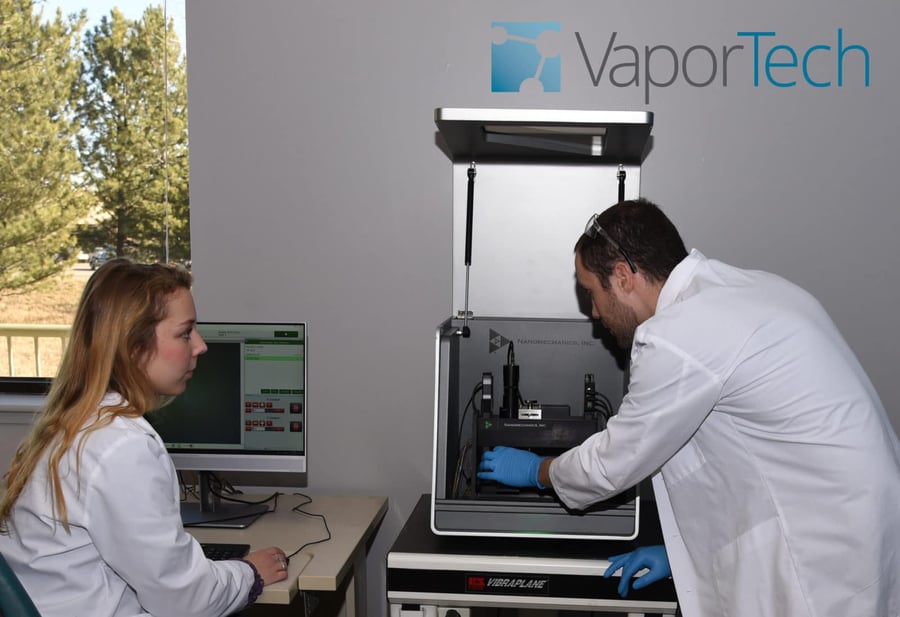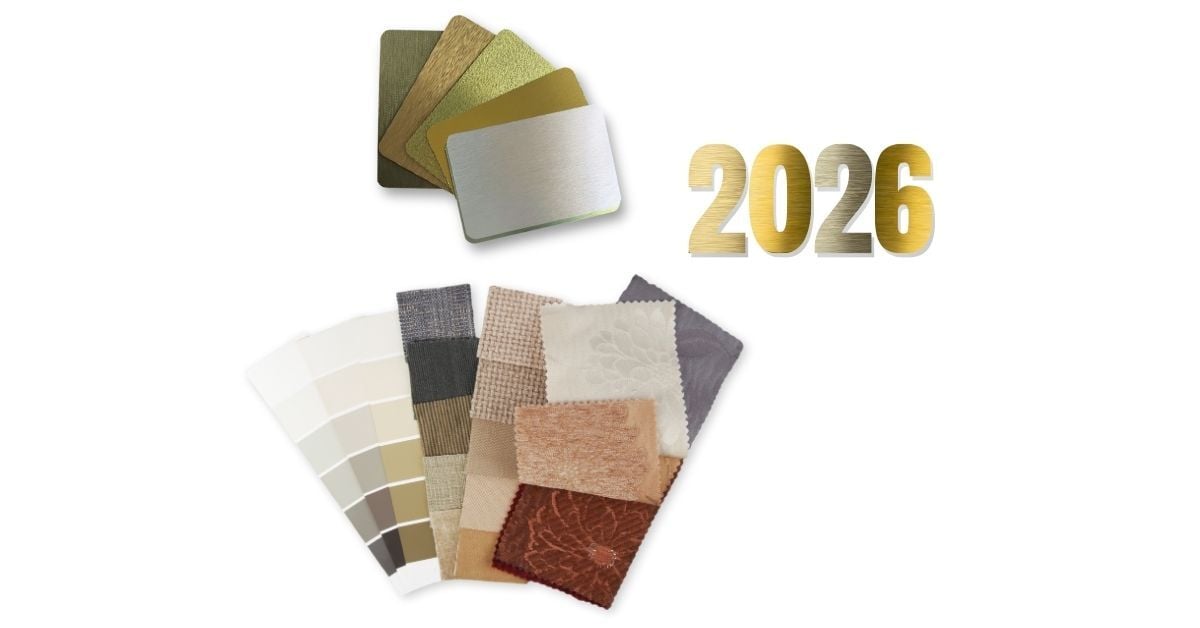Applying PVD Coating on Plastic Parts
Quick answers
- PVD coatings on plastics enhance functionality for diverse applications, including automotive headlights, eyewear lenses, and snack bag metallization.
- VaporTech systems can deposit biocompatible coatings for use in medical and dental implants.
- PVD coatings can replicate the appearance of metal surfaces on plastics, offering durable, high-value finishes such as chrome, black, and stainless steel.
PVD applications on plastic parts
People often associate PVD coatings with finishes applied to metal substrates, such as drill bits, molding dies, consumer products (faucets and door hardware), etc. However, PVD coatings have long been used to coat plastics. This approach provides product designers with a method for manufacturing products with low-weight or low-cost requirements. Thin-film PVD coatings modify the surface functionality and take advantage of the bulk properties of the plastic while enhancing features.
Solving problems by PVD coating plastics
Some typical applications for PVD coating plastics are below:
- Metallization of mylar snack bags to reduce oxidation of foods.
- Headlight reflectors in automobiles.
- Optical coatings on eyewear lenses for scratch resistance and anti-reflection.
These specialized applications have been used for decades, and dedicated equipment is designed and optimized for such specific high-volume needs.
Applying PVD coatings on plastic parts
VaporTech® systems have always supported PVD coating on plastics. Our Low-Temperature Arc Vapor Deposition (LTAVD®) process is ideally suited for these materials. Using our technology, we have solved some challenging problems with plastics for our customers. For example, in the biomedical field, advanced polymers (e.g., PEEK) have become more accepted for use in implants. Still, the polymer is expected to integrate into the body in some cases to help fortify structural elements. In these cases, the surface of the polymer can be PVD coated with bio-compatible coatings, such as titanium, to help the polymer adapt and grow into its surroundings.
Polymers, by nature, are non-conducting, which is ideal for many of their uses. However, there are times when the ability to have a conducting surface is necessary, and this is where metal coatings come into play. Electronics enclosures may need shielding from EMI/RFI noise or for static discharge to enable use in extreme environments. Our coatings can adhere to many engineered polymers and provide a cost-effective way to alleviate such problems.
Replicate the appearance of metals by PVD-coating plastic parts.
Finally, the ability to replicate the appearance of metallic surfaces with metal PVD coating serves many applications. Applying PVD coating to plastic parts is particularly relevant as companies reduce the use of hexavalent chrome plating. Their parts need to provide the look of chrome while avoiding the highly regulated chemical processing required for electroplated coatings. To achieve a chrome look, apply a polymeric coating (paint/lacquer/e-coat), then add our PVD chrome over those finishes. Depending on the end-use performance requirements, an additional clear coat may be applied over the PVD chrome layer as needed. In addition to chrome, our coatings come in black, stainless steel, nickel, and graphite—but chrome is by far the most requested finish.
As you can see, PVD coatings aren’t limited to metal substrates, and there have been numerous success stories to demonstrate how PVD coating plastics benefits manufacturers. Contact us to learn more about how we can solve your plastics problems with PVD coating on plastic parts.
Recent posts
Check out more VaporTech blog posts.

Vibrant PVD: Purple, Rainbow, and Black Coatings

How Our Labs Develop PVD Coatings for Customer Needs





